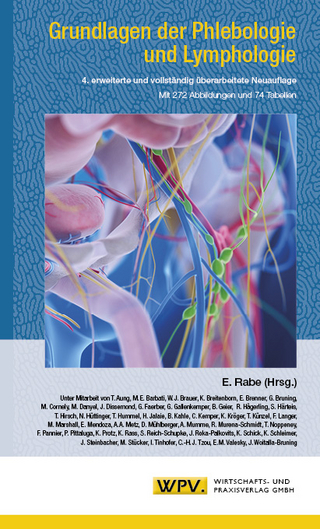Tracheostomy is one of the simplest, most valuable operations in surgical practice. In tracheostomy an opening is made in the anterior wall of the trachea and this opening is used for insufflation of oxygen- air mixture into the lungs. A tracheostomy may be performed on an emergency or elective basis; it may be a temporary or a permanent one. Over the past several years the indications for a tracheostomy have radically evolved. Earlier tracheostomies were mostly done to relieve an upper airway obstruction; now tracheostomies are mostly done in critical care settings to facilitate mechanical ventilation. Open surgical tracheostomy (OST) is usually done in an operation theatre. A detailed description is given in the relevant chapter of the book, but a certain salient point needs to be emphasized here. First and foremost, neck anatomy is to be clearly defined and structures should be identified, as most of the complications occur when the surgeon deviates from the midline. Percutaneous tracheostomy (PCT) has certain distinct advantages over open surgical tracheostomy (OST); PCT is faster to perform, easier to learn and can be performed at the point of care. In most adult ICU patients, a percutaneous tracheostomy (PCT) is the preferred technique unless contraindicated. Compared to surgical tracheostomy it leads to significantly lesser wound infections, but it is associated with a higher rate of accidental decannulation and obstruction. Use of real time ultrasonography while performing percutaneous tracheostomy has also helped in better identification of tracheal rings and hence in improving its safety for obese patients. Tracheostomies are usually straightforward, but complications still occur, often due to improper technique. Complications may be due to structural damage to vital structures of the neck leading to hemorrhage, tracheal damage, esophageal damage, failure to proceed, air embolism, aspiration, hypoxemia, tube misplacement, pneumothorax, tracheal stenosis, trachea-arterial and trachea-esophageal fistula. This book encompasses many clinically relevant scenarios in which a tracheostomy may be needed. However, certain situations demand special expertise; tracheostomy in pregnancy is one such situation. The aim of this book is to apprise readers with all the practical aspects of tracheostomy from patient's selection to tracheostomy in special situations.
Preface; Tracheostomy: An Introduction; Historical Overview of Tracheostomy; Surgical Anatomy of Trachea; Tracheostomy: Indication, Safety, and Outcomes; Indications and Contraindications of Tracheostomy; Pre-Tracheostomy Investigations; Tracheostomy: The Role of Imaging; Timing of Tracheostomy; Tracheostomy: Conventional Technique; Difficult Tracheostomy: Techniques and Concepts; Tracheostomy in Pregnancy; Mediastinal Tracheostomy; Complications of Tracheostomy; Tracheal Stenosis; Tracheostomy Care; Post-Tracheostomy Rehabilitation; Tracheostomy Decannulation; Tracheostomy and Nutrition; Tracheostomy in Neurosurgery Patients; Pediatric Tracheostomy; Tracheostomy in Patients with Malignant Lesions; Tracheostomy in War and Conflict Zones; Index.



